This post may contain affiliate links. If you make a purchase through a link, I may receive a small commission, at no cost to you. These commissions help keep this website up and running, and I thank you for your support. Read my full disclosure here.
Disclaimer: This is not a sponsored post, I paid for this trip myself. All recommendations and opinions are my own.
You don’t typically see Lincoln on the ‘must see’ list of places in England, so we didn’t have particularly high expectations. However, I’m happy to say that we completely fell in love with Lincoln. We had visited the more popular historic city of Durham a few weeks prior, and even though we loved that too, I actually have to give it to Lincoln. This city is so jam-packed with attractive sights that it was hard to choose which photos to include in this post.
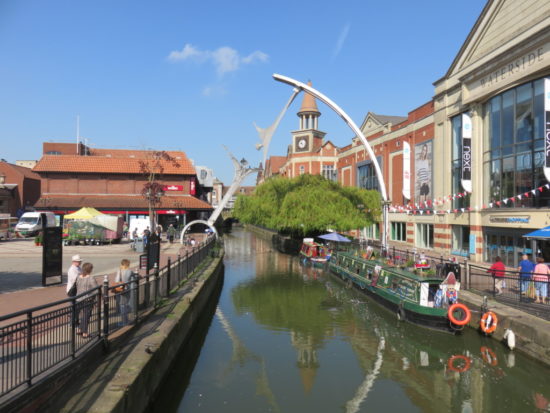
City Square and High Bridge
We arrived in Lincoln on a gloriously sunny day and walked to the city square on the River Waltham. Whilst crossing the footbridge to get a photo, we spotted the historic High Bridge. It dates back to 1160AD and is the oldest bridge in the United Kingdom, which still has buildings on it. The rather wobbly looking historic building on top is occupied by the Stokes High Bridge Cafe.
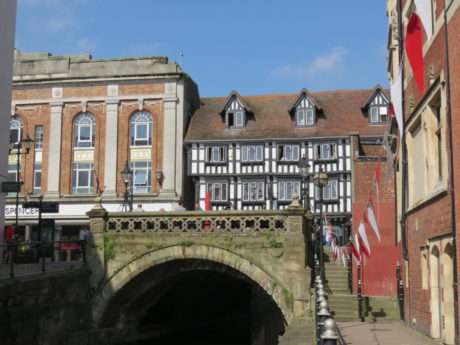
Guildhall & Stonebow
Saltergate, Lincoln LN2 1DA
Website: https://www.visitlincoln.com/things-to-do/guildhall-and-stonebow
We continued up High St, where we saw the 16th-century Lincoln Guildhall ahead of us, the official home of the Mayor. If you have time, they run guided tours on Mondays, Wednesdays, Fridays and Saturdays at 10:30am and 2pm (bank holidays). Lincoln Guildhall occupies the building above the Stonebow on Lincoln High Street and is the meeting place of the City Council since Medieval times. The tour includes historic treasures, artefacts and regalia, including the sword of Richard II, the Mayor’s Chains of Office and some impressive Royal Charters.
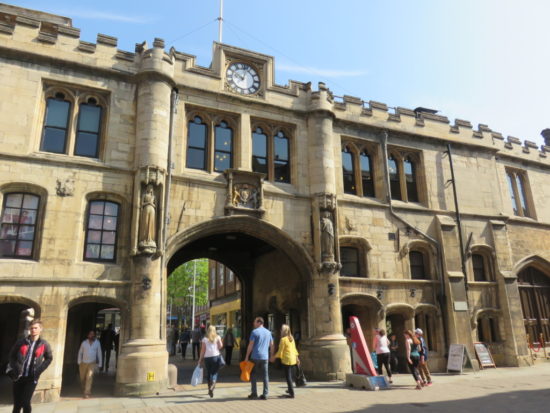
Steep Hill
We continued along High St shopping strip until we got to the historic Steep Hill, aptly named as it is steep! However, I didn’t notice much because I was so captivated by the wonderful historic buildings filled with interesting shops and cafes displaying delicious cakes in their windows. It was just after 10am, and although the shops were open, there were not many people around, which was a blessing as we had the opportunity to take our time and really admire the architecture (it got extremely busy by lunch, so it is worth arriving early). We also got to watch staff at Roly’s Fudge Pantry (37 Steep Hill, Lincoln LN2 1LU) making a fresh batch in their open window.
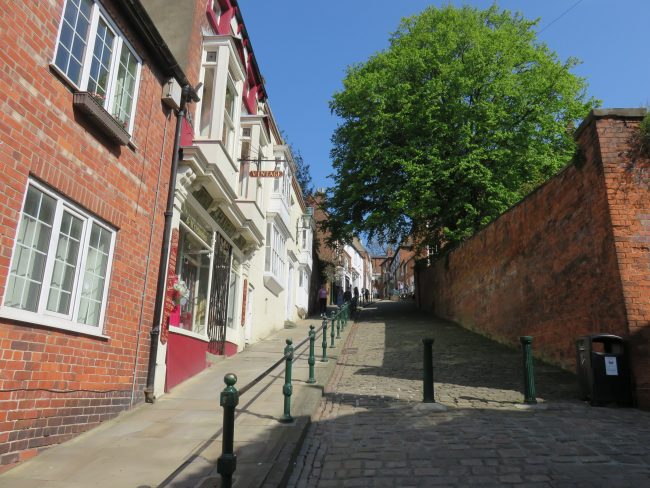
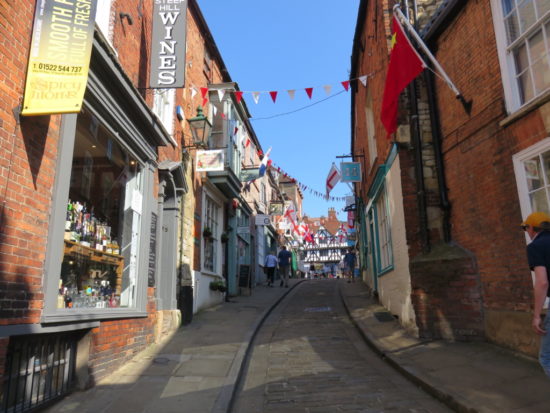

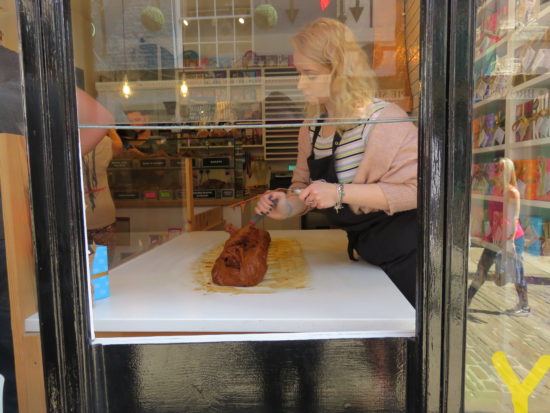
Jews House and Jews Court
15 The Strait, Lincoln LN2 1JD
As you walk up Steep Hill, you will pass by the Jew’s House, which is one of the earliest extant townhouses in England. It’s built in the local limestone in the Norman or Romanesque style and dates from the mid-twelfth century. This house once belonged to a thriving Jewish community that lived here in Medieval Lincoln. But sadly, antisemitic hysteria was created by the case of Little Saint Hugh of Lincoln in 1255, where an English boy’s death was falsely attributed to the Jews. Learn more about his death here. This led to the entire Jewish community being expelled from England in 1290. The building is now used for fine dining as a restaurant. I brought my husband back here for his birthday, and we enjoyed the degustation menu. Beside the Jew’s house is Jew’s Court, which is now used as the headquarters of the Society for Lincolnshire History and Archaeology.
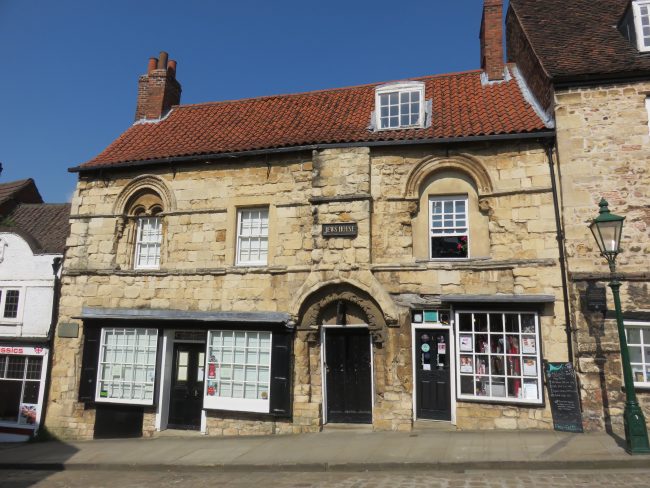
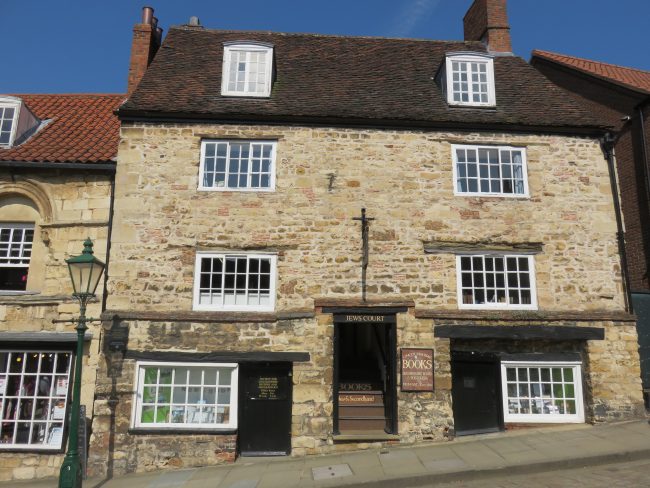
Castle Markets
Once we got to Castle Hill, the markets were set up along the street and had a nice collection of locally made items from art to handmade knits.
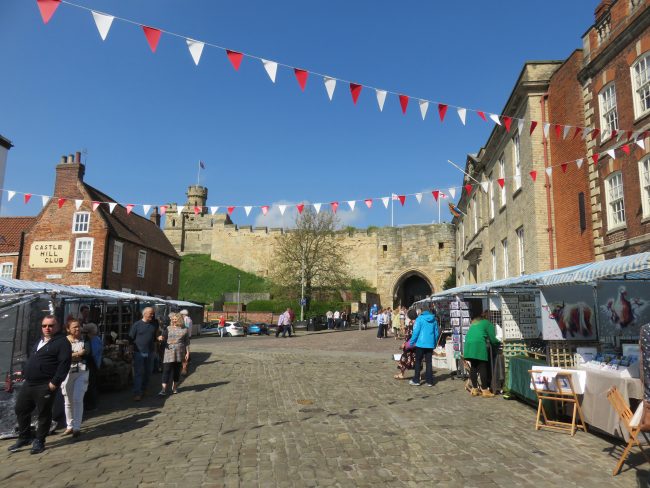
Visitor Information Centre
9 Castle Hill, Lincoln LN1 3AA
The Visitor Information Centre is located on the corner in Leigh-Pemberton House, which dates back to the 16th century. It is one of the oldest buildings in Lincoln that is still in regular use. Even if you don’t need to visit the information centre, it is still worth popping in just to admire the stunning beamed ceiling.
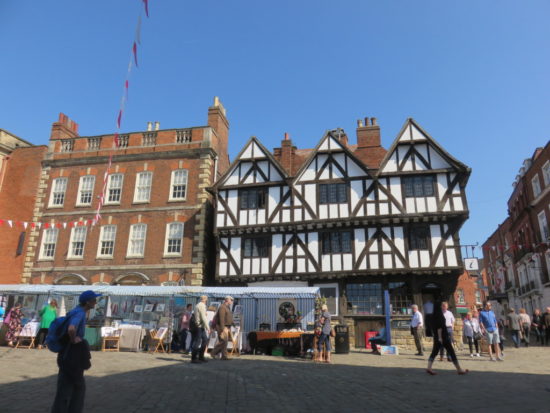
Lincoln Castle – Medieval Wall Walk, Magna Carta and Victorian Prison
Castle Hill, Lincoln LN1 3AA – Entry fee applies
Website: https://www.lincolncastle.com/
We walked through the markets to get to the Lincoln Castle entrance. The grounds are free to visit, and when we visited, they had an interesting WW1 exhibition out on the grass. However, we wanted to explore all of it, so we purchased a combined ticket that provided us full access to the castle, including the Medieval Wall Walk, Victorian Prison and Magna Carta Vault, as well as access to the Cathedral.
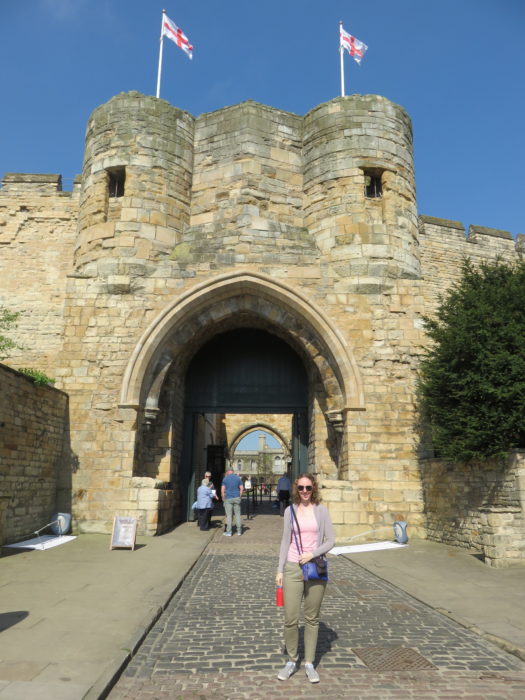
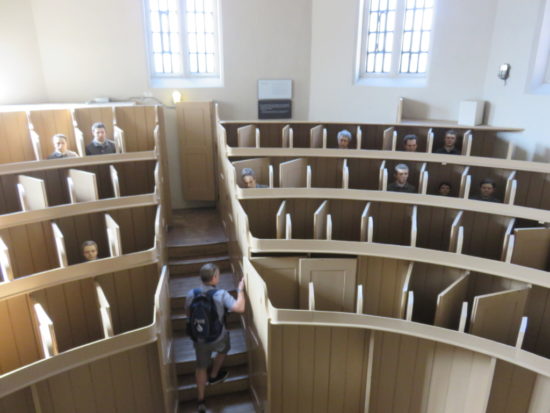
The castle was built by William the Conqueror in 1068 on a site that had been occupied since Roman times. In 1788, a Victorian prison was built on the grounds and it was used as a debtor’s prison until 1878. I have visited these types of prisons before in Australia, and in fact, many of these prisoners here were shipped to the penal colony. The prisoners were kept in isolation to encourage them to reflect, repent and reform. The Lincoln Castle Victorian Prison has been used as a filming location for popular tv shows such as Downton Abbey and Call the Midwife.
The chapel is interesting to visit as you can see how they specially designed it so that the prisoners were separated and unable to see each other. As well as the chapel, there are three floors of restored prison cells. There was a lot of information about the justice system of Victorian England and stories of some of the prisoners who were kept here. One of the cells had an actress telling the story of the first woman to have been hanged here, Mary Lefley. Mary’s husband had been poisoned, and she denied killing him right up to her hanging. It was only years later that her neighbour admitted to poisoning her husband, as apparently he the wife had been having an affair. However, the story is not as straightforward as this, and there were lots of twists to it, told very convincingly by the actress. She also told of Mary’s botched hanging. We later visited her grave site on our castle wall tour. You can learn more about Mary Leafley’s story here.
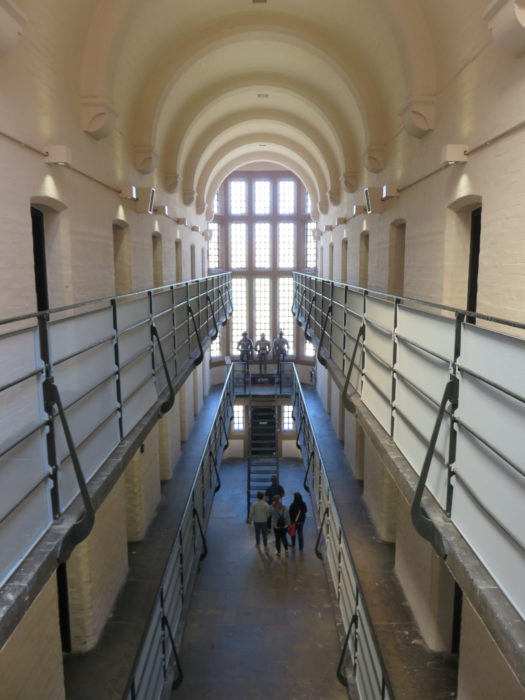
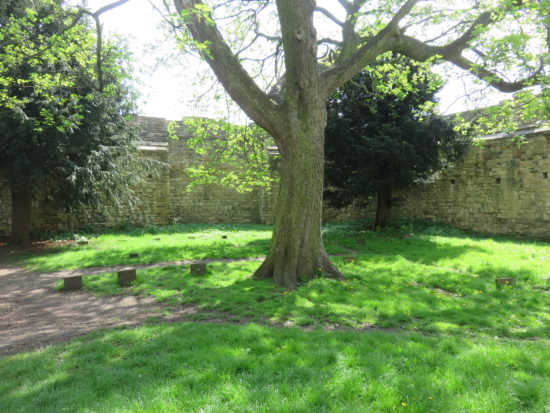
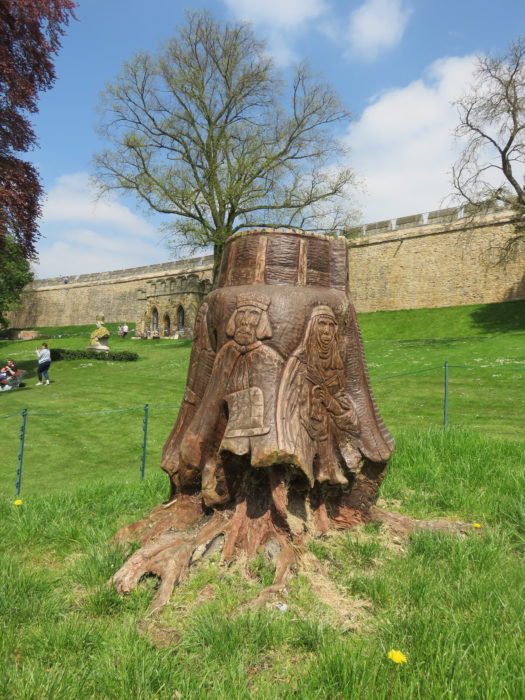
I also really enjoyed the story told of the very clever and intelligent prisoner who continued to escape, at one point using just one hand! Many of the prisoners were sent to the prison for genuine reasons, such as murder, but there were also many other stories of men, women and children being imprisoned for stealing food to fill their starving bellies. There are lots of interactive displays and staff dressed in character who seem to really enjoy sharing the stories of the prison with you.
After the prison, we visited the Magna Carta vault where one of the four original copies is kept. So what’s the Magna Carta, you ask? It was originally issued by King John of England as a practical solution to the political crisis he faced in 1215. Basically, the Magna Carta established for the first time the principle that everybody, including the king, was subject to the law. So this is a very important piece of English history. The book is extremely old so kept in a darkened vault that you can visit. You can also learn about its history in the cinema.
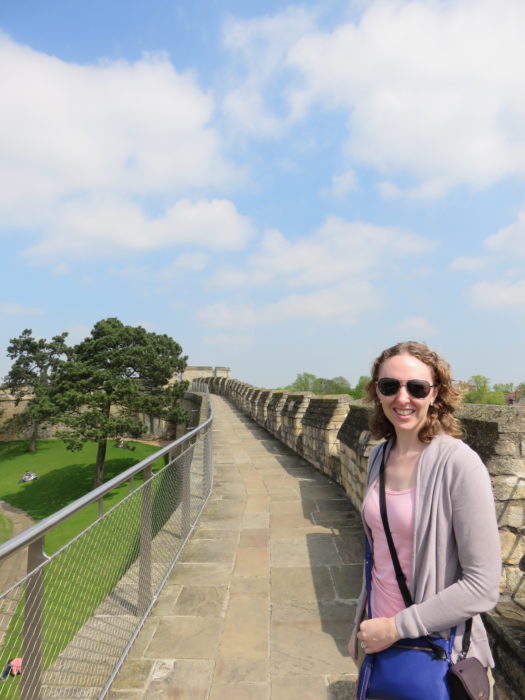
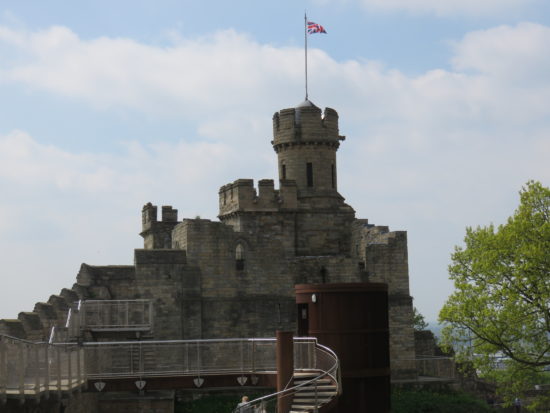
After exploring the grounds, we headed up to the castle wall. They provide a free audio guide which details the history of the wall. It doesn’t take very long to walk around, but it provides lovely views of the city. We really enjoyed this part of our visit. FYI, there are free toilets here as well as an on-site café.
Lincoln Cathedral
Minster Yard, Lincoln LN2 1PX – Entry fee applies
Website: https://lincolncathedral.com/
After exploring the castle, we headed over to the nearby Lincoln Cathedral. If you have a combined ticket, you still need to line up so they can print you a cathedral ticket. This amazing cathedral is really old. At great expense, building commenced in 1072 under William the Conqueror, but sadly it was partly destroyed by an earthquake in 1185. Rebuilding began in 1192, and it was finally finished in 1245. The cathedral is huge, and there is quite a bit to see, so put aside about an hour. Our favourite part was the libraries, including a medieval one. There is also an on-site café.
The Lincoln Cathedral has been used as a filming location and doubled as London’s Westminster Abbey in The Da Vinci Code, The Young Victoria, and Ridley Scott’s Napoleon movie.
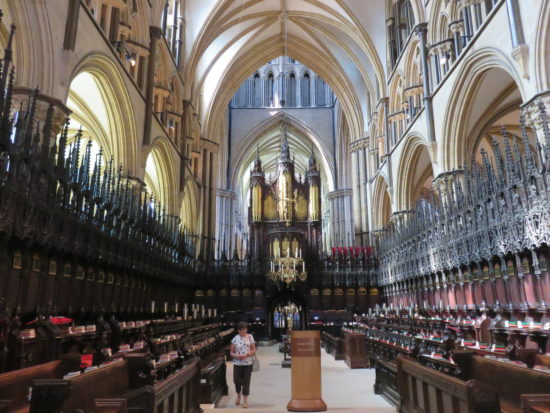

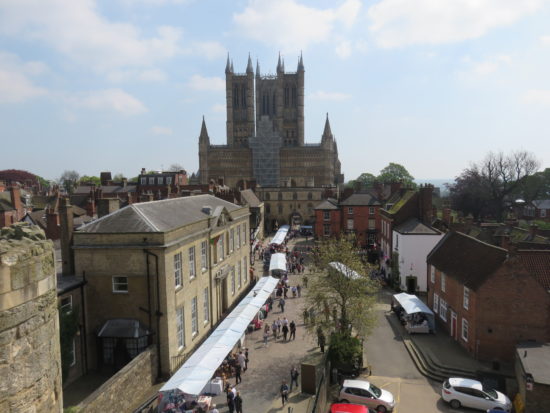
Lunch at the Cheese Society
1 St Martin’s Ln, Lincoln LN2 1HY
By now, we were really hungry. It was a difficult choice where to go for lunch as there were lots of nice cafés to choose from, but we ended up going to The Cheese Society, a cheesemonger with an on site café. We are cheeseaholics, and this place did not disappoint. We indulged in a couple of very cheesy potato dishes with local sausage and bacon, and then had a yummy brownie with ice cream covered in chocolate sauce. Hubby also enjoyed a local Lincolnshire beer. While we were awaiting our meals, the staff came out with some free cheese samples, and it totally worked as we ended up buying a large amount of cheese before we left.

Roman Trail
Website: https://www.visitlincoln.com/trails/roman-heritage-trail-of-lincoln
Keen to work off some of the massive amount of calories that we had just consumed, we decided to explore the Roman trails that thread around the historic city area. Lincoln was once known as ‘Lindum’ a thriving Roman colony. In AD43 the Roman Emperor Claudius and an army of 40,000 soldiers arrived on the south coast of Britain, and between AD50-60, the Ninth Legion Hispana had arrived in Lincoln. They created a Roman city built of large stone buildings, and it was full of houses, shops, workshops, temples and bathhouses. It is hard to imagine that this city was once a major Roman city, but the remains of this ancient city are still here today, and the local tourism does a good job of creating a trail for tourists to follow. We saw signs posted around the area identifying where to walk and the history of the ruins.
On our walk, we visited the Newport Arch, the only Roman arch in the country still open to traffic. It is located at the intersection of Church Lane and Newport Court. Then we walked along East Bight to see the remains of the Roman wall and ditch, and at the end of the road were the remains of the north tower. By now we were at the back of the Cathedral, and on Priory Gate road, we saw the Priory Arch, a 19th-century reconstruction of the arched medieval stone gate that led to the cathedral close. Further down the road is also the Pottergate Arch, the Remains of a city gate from the 13th century, which was used as the main entrance to Lincoln Cathedral.
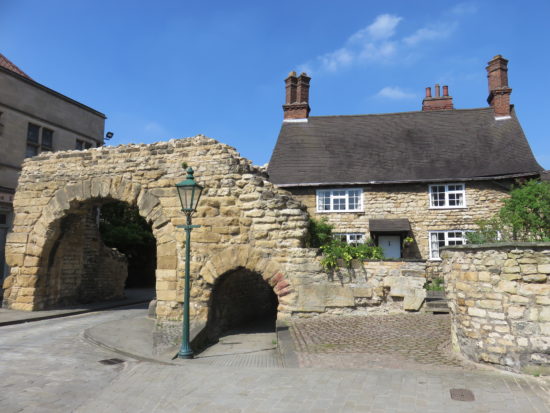
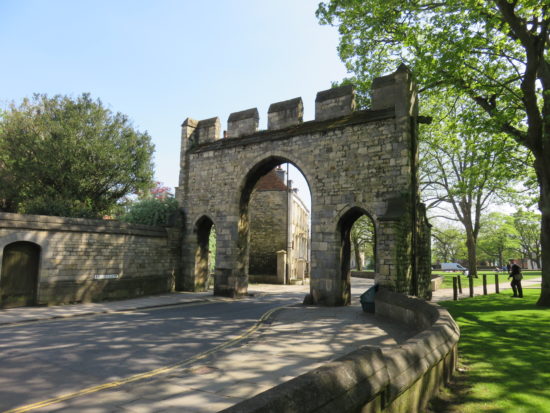
Museum of Lincolnshire Life
10-4 Burton Road, Lincoln, LN1 3LY – Entry fees apply
Website: https://www.lincolnshire.gov.uk/history-heritage/museum-lincolnshire-life
Our final stop for the day was the Museum of Lincolnshire Life. We were given free entry as part of our Castle ticket, as they had Guy Martins’ WW1 tank on display. The first ever tanks were invented, designed and built in Lincoln by William Foster & Co. during WW1. If you want to see what life was like in Lincolnshire over the ages, then you will enjoy the exhibitions of recreated shops and living rooms. There is also a large shed with old farm machinery on display.
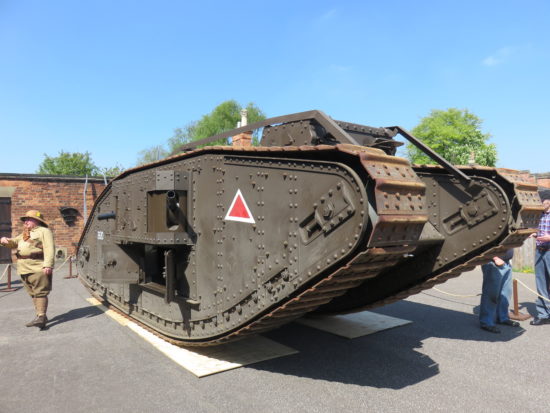
Medieval Bishops’ Palace
Minster Yard, Lincoln LN2 1PU – Entry fee applies
If you are keen to visit more historic places of interest, then head down to nearby Greestone Pl, or turn off the path along Minister Yard to visit the Lincoln Medieval Bishops’ Palace. It is run by English Heritage (entry fee applies) and is a ruined bishop’s palace, with an undercrofted hall and a recreated heritage garden. Even if you don’t pay to enter, it is still nice to see from the outside.
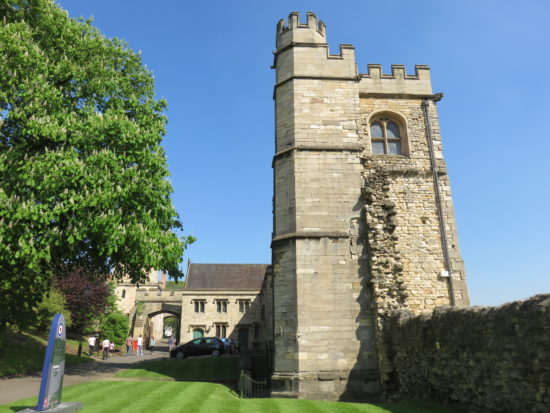
The Lincoln Museum
Danes Terrace, Lincoln LN2 1LP – Free entry
Website: https://www.lincolnmuseum.com/
If you want to learn more about the early history of Lincoln, then head to the Lincoln Museum, which houses many archaeological finds. I enjoyed learning more about what life was like in Lincoln during Roman times. The museum is not very large, so you can squeeze it into your day in Lincoln. The local University have set up a robot called Lindsey who can take you on a guided tour of the museum, which is a fun experience for both kids and adults.
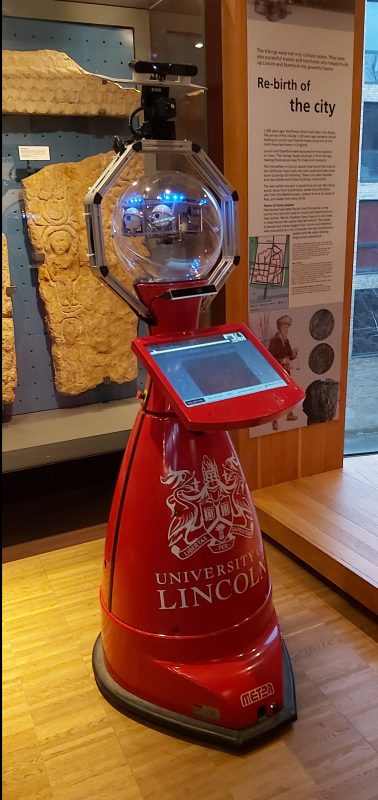
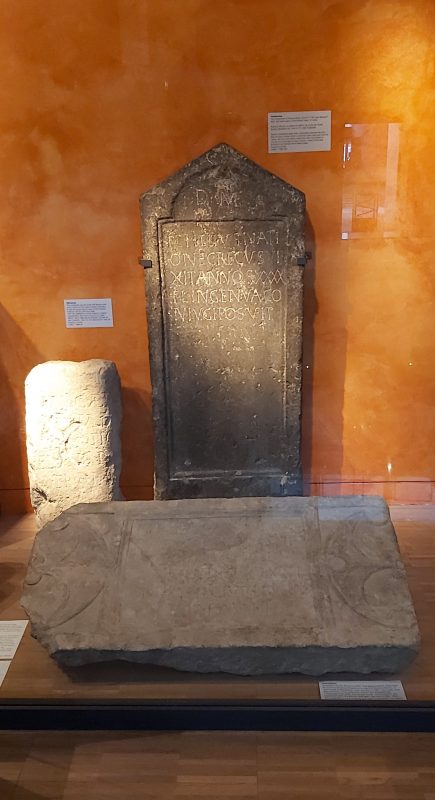
The Usher Gallery
1 Danes Terrace, Lincoln LN2 1LP – Free entry
Website: https://www.lincolnmuseum.com/
The Usher Gallery is housed in a beautiful historic building. This little gallery displays a collection of artworks by famous painters such as J. M. W. Turner and L. S. Lowry. Lowry actually visited Lincoln to create a commissioned piece of art. I loved how he did not want to include Lincoln’s famous cathedral in his picture since it was commonly painted by other artists. Instead, he wanted to paint the less commonly painted industrial side of the city. However, in the end, he was made to include it, but he only painted the cathedral was painted in very faintly.
One of my favourite pieces in the museum was the beautiful modern chandelier that, on closer inspection, was actually made from random pieces of broken clear plastic. You can see a glimpse of it in the picture below.
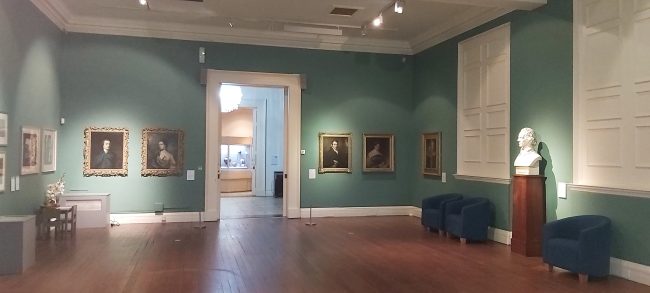
In the evening we headed over to our accommodation in the Lincolnshire Wolds AONB, but if you are planning on staying in the city during your visit, I’ve added some highly rated accommodation options below. We really loved our visit to Lincoln and didn’t realise how quaint and rich in history it would be.
Other Sights and Attractions to Visit in Lincolnshire
We spent a long weekend in Lincolnshire. It was gorgeously sunny, and the Rapeseed was in full bloom, painting the countryside a vibrant yellow. Here are some of the places we visited during our visit. If you are visiting between late October and December, then read my post on visiting the seal colony and watching the adorable seal pups being born in Donna Nook.

Saltfleetby – Theddlethorpe Dunes
96JM+3M Theddlethorpe St Helen, Mablethorpe
Lincolnshire has a stunning coastline, however, the water doesn’t look very inviting. We got up early and spent the day walking around Saltfleetby – Theddlethorpe Dunes National Nature Reserve. You could spend days walking around this area; it is huge. We loved exploring the dunes. Nearby, there is also The Seal Sanctuary Wildlife Centre and on the beach is a sand train that runs tourists from the beach up to the nearby seaside village of Mablethorpe.


Gunby Estate, Hall and Gardens
Gunby, Spilsby PE23 5SS
We are members of the National Trust, so we visited Gunby Estate, which was once the home of the political and social pioneer Emily Massingberd, who campaigned for women’s rights. The property features a lovely walled garden. The Forget-Me-Nots were in full bloom whilst we visited. We ended up taking the public paths that took us out into the countryside, where we saw the moat that belonged to the original family home. Sadly, only the moat remains.
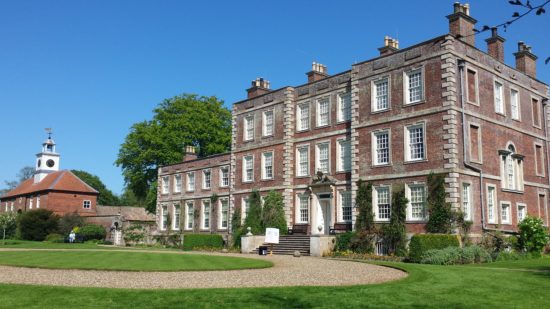
Tattershall Castle
Sleaford Rd, Tattershall, Lincoln LN4 4LR
The 15th-century Tattershall Castle comes complete with battlements, moats, and bridges. Although unfurnished, you can explore the entire castle, including the rooftop that provides wonderful views of the area.
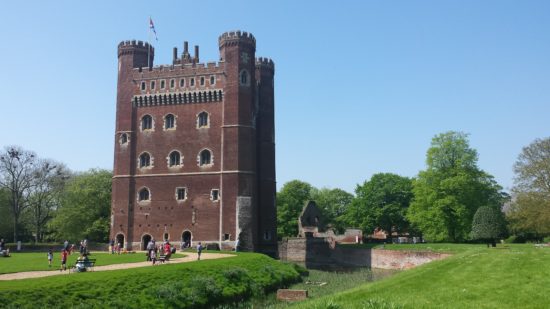

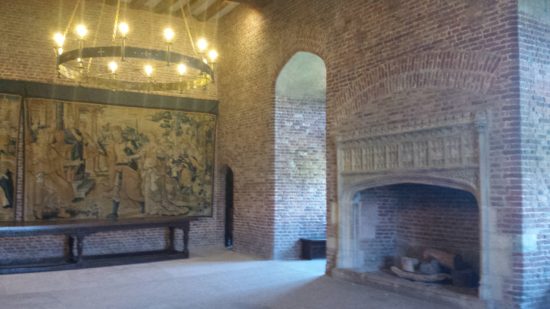
Practical Tips for Visiting Lincoln
- Tickets: You can purchase tickets at each attraction’s ticket office. Save money by purchasing the combined castle and cathedral ticket.
- Language: English
- Currency: British pound
- Tipping: Not required, but people usually round up.
- Electricity: The electrical current is 230 volts AC. Wall outlets take a three pronged plug, only used in the United Kingdom and Ireland. However, you are better off purchasing a worldwide adaptor that can be used in the United Kingdom as well as other countries. At least then you can potentially get some further use out of it on future vacations. If you’re taking several electronics with you, then I would recommend purchasing a couple of these adaptors.
- Driving: In the UK, they drive on the left hand side of the road with speed signs in miles per hour (mph).
- Fuel: Fuel is expensive in the UK, so save money by downloading a UK fuel app so you can search for the nearest petrol station with the cheapest fuel.
- Navigating: We used Google’s free Offline Maps. Google Offline Maps allows you to access free maps for navigating that can be used offline i.e. you don’t need WIFI, data, or roaming to be able to use them. Follow my detailed guide on how to use Google’s Offline Maps.
- Using your phone as a GPS will drain your battery quickly, so use a portable battery charger which you can use to charge your phone and any other USB chargeable devices.
- If you prefer a paper map, then purchase a road map before you go. At least it’s reliable and won’t run out of battery or malfunction like the electronic options!


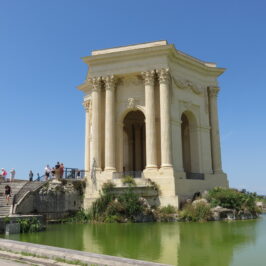

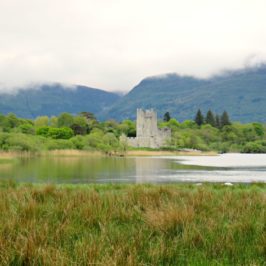
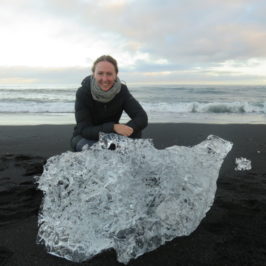


Leave a Reply